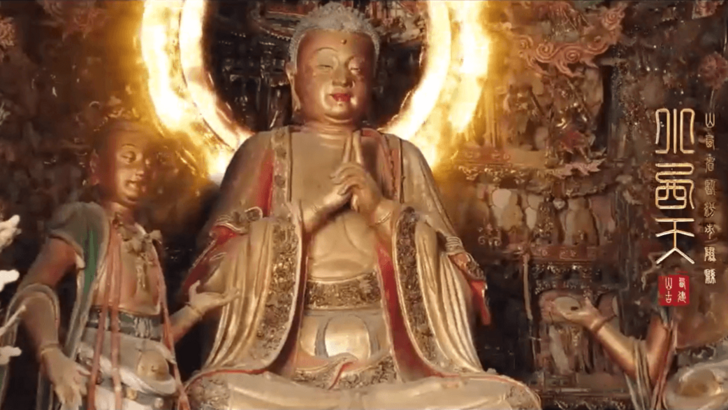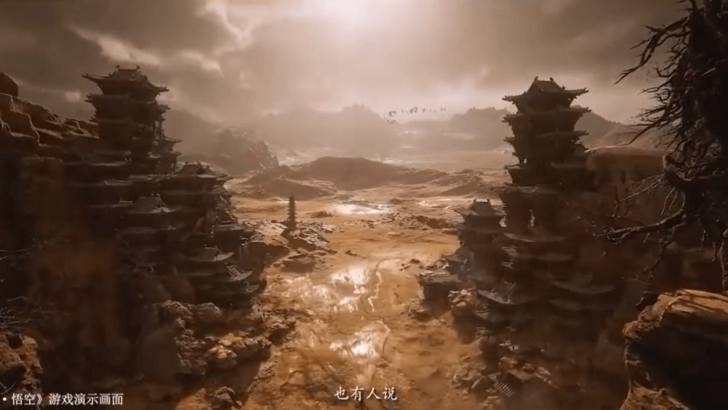 Black Myth: Wukong, a globally acclaimed action RPG, shines a spotlight on China's rich cultural heritage. Discover the real-world locations in Shanxi Province that inspired this breathtaking game world.
Black Myth: Wukong, a globally acclaimed action RPG, shines a spotlight on China's rich cultural heritage. Discover the real-world locations in Shanxi Province that inspired this breathtaking game world.
Black Myth: Wukong's Impact on Shanxi Tourism
A Gaming Phenomenon Fuels Cultural Tourism
Black Myth: Wukong, based on the classic "Journey to the West," has captivated gamers worldwide. Its impact, however, extends beyond the gaming community. The game's stunning visuals, meticulously recreating Shanxi Province's landmarks, have ignited global interest in the region's cultural treasures.
The Shanxi Department of Culture and Tourism has capitalized on this surge in popularity, launching a promotional campaign highlighting the real-world inspirations behind the game's environments. A special event, "Follow Wukong's Footsteps and Tour Shanxi," is also planned.
"We've received numerous requests for customized travel itineraries and detailed guides," the department stated, as reported by Global Times. "We're addressing these requests diligently."
Black Myth: Wukong is deeply rooted in Chinese culture and mythology. Developer Game Science has masterfully created a virtual world that embodies the essence of China's history and folklore. From majestic pagodas and ancient temples to landscapes reminiscent of classical Chinese art, the game transports players to a realm of emperors and mythical beings.
Shanxi Province, a cradle of Chinese civilization, boasts an unparalleled collection of cultural artifacts. Black Myth: Wukong faithfully reflects this richness. A promotional video showcased the game's recreation of the Little Western Paradise, complete with its iconic hanging sculptures and the Five Buddhas.
In this video, the sculptures appear animated, with one Buddha extending a greeting to Wukong. The Buddha's role in the game remains mysterious, but his dialogue suggests a potential antagonistic relationship.
While the game's storyline remains undisclosed, it's crucial to note that Wukong is known as the "斗战神" (Dòuzhànshén) or "Warring Deity" in Chinese mythology. This reflects his rebellious nature in the original novel, where he was imprisoned by the Buddha after challenging the heavens.
Beyond the Little Western Paradise, Black Myth: Wukong features other Shanxi landmarks, including the South Chan Temple, Iron Buddha Temple, Guangsheng Temple, and Stork Tower. However, according to the Shanxi Cultural Media Center, these virtual representations only hint at the province's vast cultural heritage.
 Black Myth: Wukong's global success is undeniable. This week, it reached the top of Steam's Bestseller charts, surpassing established titles like Counter-Strike 2 and PUBG. The game has also received widespread acclaim in China, celebrated as a landmark achievement in AAA game development.
Black Myth: Wukong's global success is undeniable. This week, it reached the top of Steam's Bestseller charts, surpassing established titles like Counter-Strike 2 and PUBG. The game has also received widespread acclaim in China, celebrated as a landmark achievement in AAA game development.
Explore the global phenomenon of Black Myth: Wukong further by reading the linked article!

 Black Myth: Wukong, a globally acclaimed action RPG, shines a spotlight on China's rich cultural heritage. Discover the real-world locations in Shanxi Province that inspired this breathtaking game world.
Black Myth: Wukong, a globally acclaimed action RPG, shines a spotlight on China's rich cultural heritage. Discover the real-world locations in Shanxi Province that inspired this breathtaking game world. Black Myth: Wukong's global success is undeniable. This week, it reached the top of Steam's Bestseller charts, surpassing established titles like Counter-Strike 2 and PUBG. The game has also received widespread acclaim in China, celebrated as a landmark achievement in AAA game development.
Black Myth: Wukong's global success is undeniable. This week, it reached the top of Steam's Bestseller charts, surpassing established titles like Counter-Strike 2 and PUBG. The game has also received widespread acclaim in China, celebrated as a landmark achievement in AAA game development. LATEST ARTICLES
LATEST ARTICLES 












